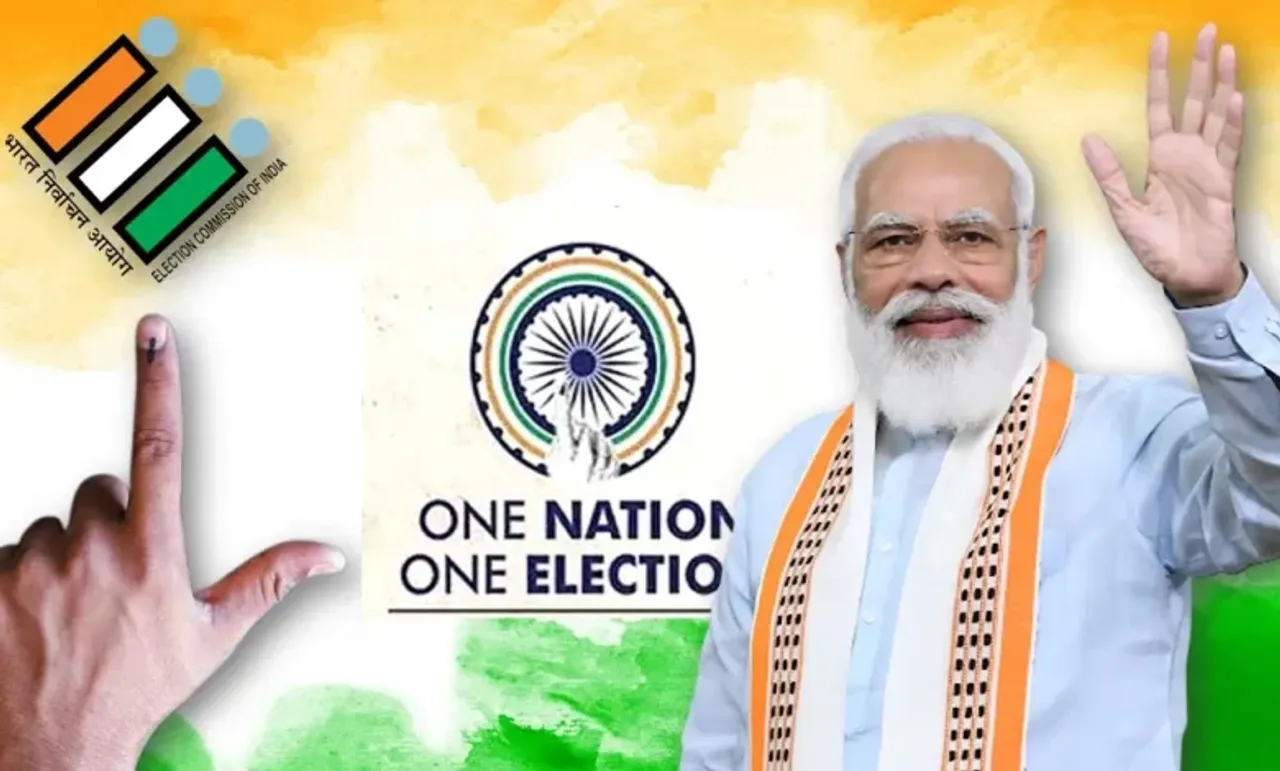QUERULOUS chatter about the changing of the coat of arms rumbles on. Removing the famous three ships and replacing them with the steelpan divides...
Vous n'êtes pas connecté
- English
- Français
- عربي
- Español
- Deutsch
- Português
- русский язык
- Català
- Italiano
- Nederlands, Vlaams
- Norsk
- فارسی
- বাংলা
- اردو
- Azərbaycan dili
- Bahasa Indonesia
- Հայերեն
- Ελληνικά
- Bosanski jezik
- українська мова
- Íslenska
- Türkmen, Түркмен
- Türkçe
- Shqip
- Eesti keel
- magyar
- Қазақ тілі
- Kalaallisut ; kalaallit oqaasii
- Lietuvių kalba
- Latviešu valoda
- македонски јазик
- Монгол
- Bahasa Melayu ; بهاس ملايو
- ဗမာစာ
- Slovenščina
- тоҷикӣ ; toğikī ; تاجیکی
- ไทย
- O'zbek ; Ўзбек ; أۇزبېك
- Tiếng Việt
- ភាសាខ្មែរ
- རྫོང་ཁ
- Soomaaliga ; af Soomaali
 Maroc - POPDIARIES.COM - A La Une - 22/Jul 14:50
Maroc - POPDIARIES.COM - A La Une - 22/Jul 14:50
The Birth of a Nation's Identity: How India’s National Flag was Adopted
On this day in 1947, the Constituent Assembly of India adopted the National Flag, marking a pivotal moment in India's journey toward establishing itself as an independent nation free from colonial rule. This red-letter day in Indian history not only symbolized the end of British dominance but also encapsulated the hopes, dreams, and struggles of millions of Indians striving for freedom. The Constituent Assembly’s Historic Meeting The Constituent Assembly, which had been meeting since December 9, 1946, convened on July 22, 1947, in the Constituent Hall in New Delhi at 10 o'clock, with Dr. Rajendra Prasad presiding. The day's agenda included the momentous task of adopting the national flag. As the session progressed, the assembly discussed the various elements that would make up the flag, emphasizing its significance as a symbol of the newly emerging nation. The National Flag’s Design and Symbolism The Indian National Flag, as defined by the Resolution, is a horizontal tricolor of deep saffron at the top, white in the middle, and dark green at the bottom in equal proportion. In the center of the white band is a navy blue wheel with 24 spokes, representing the Ashoka Chakra. The ratio of the width to the length of the Flag is 2:3. The entire assembly stood to adopt the motion, signaling unanimous support for the design and its symbolism. Nehru’s Moving Speech Jawaharlal Nehru, in his speech while moving the Resolution, expressed the "glow and warmth" he felt at the moment. Reflecting on the last quarter of a century, Nehru recalled the pride, enthusiasm, and courage the flag had inspired in the hearts of freedom fighters. He paid homage to those who had laid down their lives holding the flag aloft and emphasized the triumph and victorious conclusion of their struggles. Nehru highlighted the importance of the flag as a non-communal symbol. He explained that when the flag was devised, there was no communal significance attached to it. Instead, it was meant to represent the spirit and tradition of the nation. The deep saffron stands for courage and sacrifice, white signifies truth and peace, and green represents faith and chivalry. The Ashoka Chakra The inclusion of the Ashoka Chakra, a wheel taken from the Lion Capital of Ashoka, was a significant departure from the earlier design, which featured the Charkha (spinning wheel). The Chakra was chosen because it symbolized the eternal wheel of law and dharma (righteousness). Nehru explained that this choice was not only practical but also deeply symbolic, as it represented India's ancient culture and its continuity through the ages. Reactions and Tributes The Resolution was met with widespread approval and emotional tributes from various members of the Constituent Assembly. Figures like Seth Govind Das, V I Muniswami Pillai, Chaudhri Khaliquzzaman, S Radhakrishnan, Saiyid Mohammad Saadulla, Frank R Anthony, and Sarojini Naidu spoke in favor of the flag and its design. They underscored its importance as a unifying symbol for the nation. Proposed Amendments and Final Adoption There were a few proposed amendments to the flag’s design. H V Kamath suggested incorporating the Swastika within the Ashoka Chakra, symbolizing peace and the esoteric aspects of Indian culture. Dr. P S Deshmukh preferred retaining the original tricolour with the Charkha. However, these amendments were not pursued, and the assembly moved to adopt the flag as proposed by Nehru. Conclusion The adoption of the national flag on July 22, 1947, was more than a mere formality; it was a culmination of years of struggle, sacrifice, and a collective aspiration for freedom. The tricolor with the Ashoka Chakra at its center became a beacon of hope and a symbol of India's identity as a sovereign nation. As Nehru eloquently put it, the flag was not just a banner of freedom for India but a message of liberty and friendship to the entire world.
Articles similaires
Al-Alam: A Legacy Of Resistance And The Voice Of A Nation – OpEd
In the realm of journalism, few outlets can claim the distinction of being not only a recorder of history but also a maker of it. As the...
Freedom is a non-negotiable right that should not be infringed upon by any government or institution on the citizenry
Dear Editor As I eagerly wait to read the explanatory memorandum and the proposed amendments which seem imminent in coming to pass, if indeed the...
Freedom is a non-negotiable right that should not be infringed upon by any government or institution on the citizenry
Dear Editor As I eagerly wait to read the explanatory memorandum and the proposed amendments which seem imminent in coming to pass, if indeed the...
Sources: NDA Government to Implement One Nation, One Election During Current Tenure
In recent years, the Indian political landscape has been marked by discussions on electoral reforms aimed at streamlining the election process. One of...
Sources: NDA Government to Implement One Nation, One Election During Current Tenure
In recent years, the Indian political landscape has been marked by discussions on electoral reforms aimed at streamlining the election process. One of...
How Indian Navy’s Maritime Security Shapes India’s Future, Everyday Lives – Analysis
India, with its vast coastline stretching over 7,500 kilometres, is inherently a maritime nation. The seas that surround India have been...
How Indian Navy’s Maritime Security Shapes India’s Future, Everyday Lives – Analysis
India, with its vast coastline stretching over 7,500 kilometres, is inherently a maritime nation. The seas that surround India have been...
Rekindling The ‘Spirit Of Cordoba’ – Analysis
The “Spirit of Córdoba" refers to the rich cultural, historical, and intellectual heritage of Córdoba, Spain, which was once a significant...
Rekindling The ‘Spirit Of Cordoba’ – Analysis
The “Spirit of Córdoba" refers to the rich cultural, historical, and intellectual heritage of Córdoba, Spain, which was once a significant...
Les derniers communiqués
-
Aucun élément


